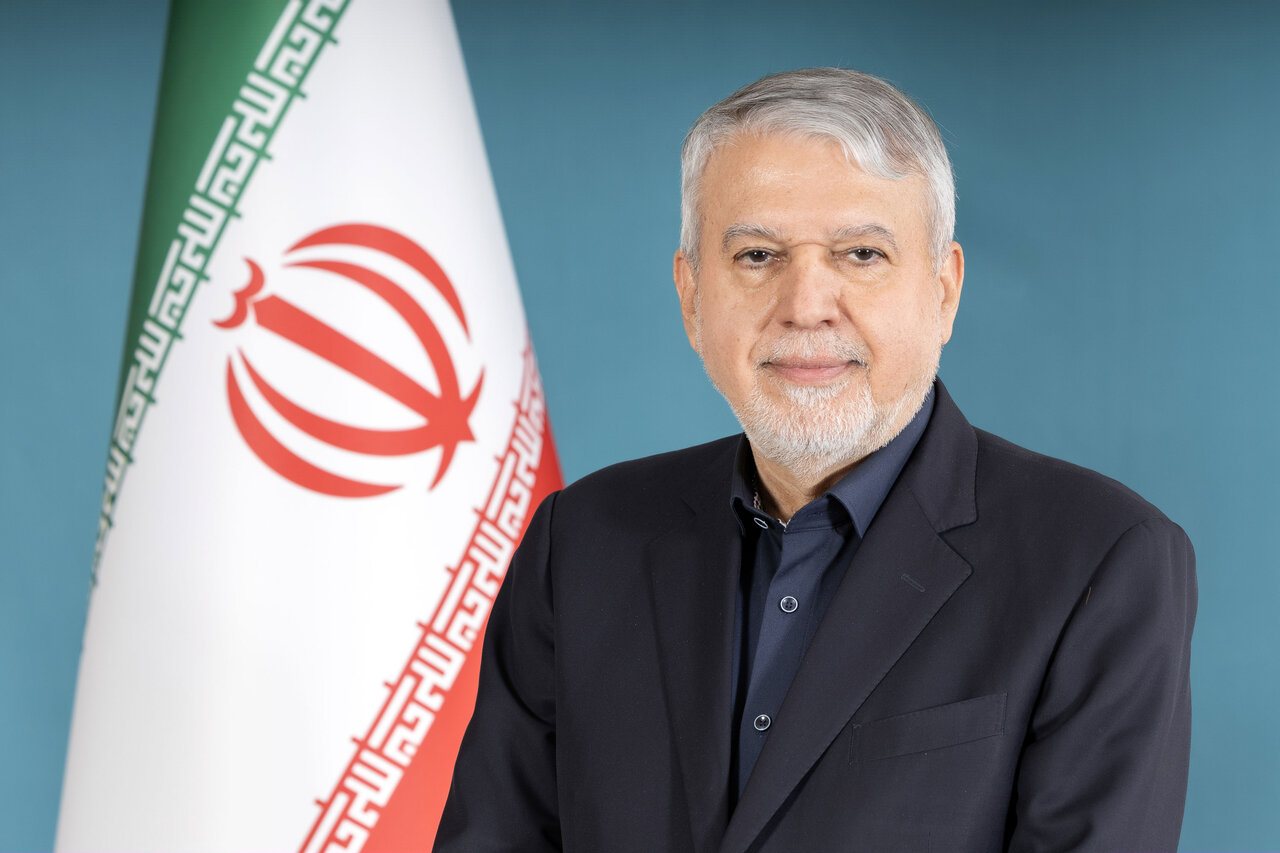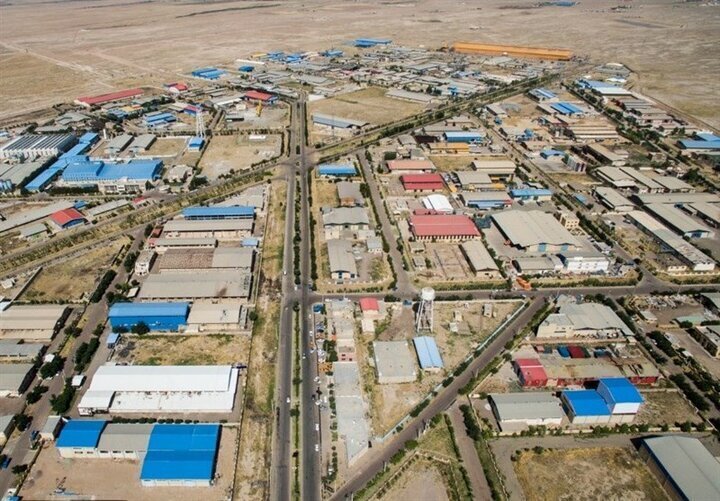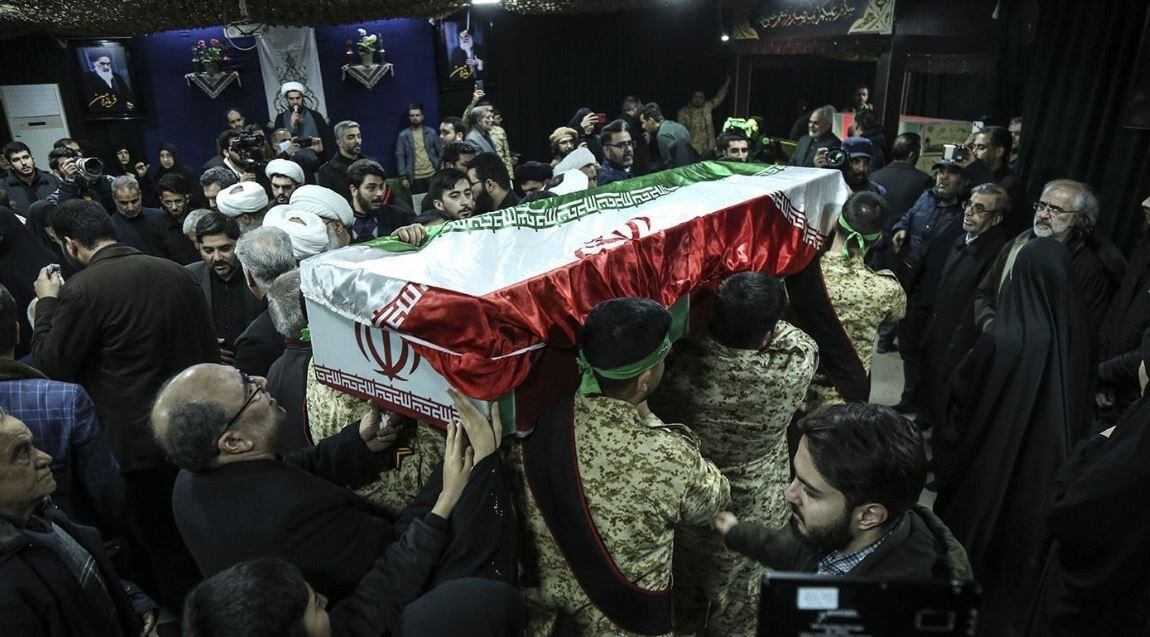
TEHRAN The head of the Department for Intangible Cultural Heritage at the Ministry of Cultural Heritage, Tourism, and Handicrafts, Alireza Izadi, has emphasized that the Rabab, a standard musical instrument, has ancient and valuable roots in the eastern part of Iran, particularly in Sistan-Baluchestan province.Speaking at a recent event, Izadi highlighted the upcoming National Council for Intangible Heritage registration meeting, which will be hosted by the Ministrys Sistan-Baluchestan branch in Chabahar.
He praised the efforts of local officials in arranging the event.One of the main goals of the event, he explained, was to celebrate and reveal UNESCOs certificate of recognition for the Rabab, which was formally recognized as an Intangible Cultural Heritage element in a session held in Paraguay previously this year.The Rabab, with its deep cultural significance, has actually long been an important part of the areas heritage.
According to Izadi, its rich history can be traced back to the Sistan-Baluchestan province and the Baluch ethnic neighborhood, which has protected the instruments unique craft and efficiency techniques over generations.The inclusion of the Rabab on the UNESCO list was a joint effort in between Iran, Afghanistan, Tajikistan, and Uzbekistan as the 2 countries share a common tradition in the instruments construction and playing techniques.Izadi noted that the acknowledgment of the Rabab as a world heritage aspect not just highlights the regions abundant musical customs however likewise serves as a tip of the importance of protecting such cultural treasures.
He stressed the role of cultural heritage in promoting tourist and spreading the deep-rooted values and ancient music of Sistan-Baluchestan to the world.Known for its deep, resonant tones, the Rabab is typically played during considerable events such as weddings, funerals, social gatherings, and ritual recoveries.
It also plays a prominent function in orchestral and contemporary music, frequently included in international ensembles.The UN cultural body likewise praised the art of crafting and playing the Rabab for its function in cultivating cultural and social cohesion across borders, especially within migrant communities.
The Rabab has been a bridge for cultural exchanges and solidarity, connecting traditions throughout borders, stated UNESCO.The Rababs craft involves a combination of carpentry, woodcarving, marquetry, and inlay work, usually passed down through generations as a family tradition.
The craft is primarily male, while playing the instrument is open to people of all genders, ages, and ethnicities.
The Rabab is also deeply woven into the fabric of regional literature, with lots of poems and myths connected with it, often shared by seniors throughout community gatherings.The Rababs affect extends beyond the region as well.
It is believed to have actually reached Europe through 2 main routes: a pear-shaped variety adopted in the Byzantine Empire in the 9th century, which developed into the middle ages lira, and a boat-shaped variety brought to Spain by the Arabs in the 11th century, which influenced the rebec in Europe.AM

 8
8










